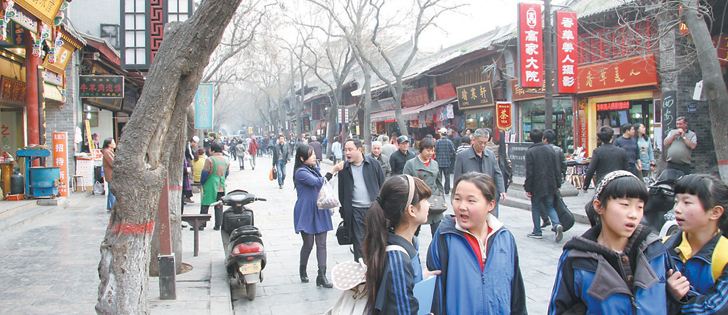In a normal year, a potential free trade deal between Canada and China would be massive news — at least in Canada.
In 2017, it barely merits a mention on TV or in the business section of newspapers. That’s because re-negotiations of the North American Free Trade Agreement and President Donald’s Trump’s tweets about NAFTA are dominating the news cycle.
Canada’s trade negotiators, politicians and likely hundreds of bureaucrats are pre-occupied with NAFTA at the moment, but the China deal shouldn’t be neglected, said Brian Innes, vice-president for government relations with the Canola Council of Canada.
Read Also

Farming Smarter receives financial boost from Alberta government for potato research
Farming Smarter near Lethbridge got a boost to its research equipment, thanks to the Alberta government’s increase in funding for research associations.
“I don’t see it as one or the other,” Innes said from his office in Ottawa. “NAFTA is a very significant engagement … (but) what we’ve been told (by the government) is just because we’re negotiating NAFTA doesn’t mean we can’t launch trade negotiations with China.”
In March the federal government asked Canadians for feedback on a possible free trade deal with China. Since then, Canadian officials have met with Chinese representatives to explore the possibility of free trade negotiations.
Innes and other members of the canola council met in August with Lu Shaye, China’s ambassador to Canada, at which time they discussed free trade and other issues.
The canola sector is a strong supporter of free trade with China because tariffs curb canola exports.
Right now, Chinese tariffs are:
- nine percent on imported canola seed, which is three times higher than soybean seed
- five percent on canola meal
- nine percent on canola oil
The canola council said in a news release that eliminating Chinese tariffs on Canadian canola could boost exports of seed, oil and meal to China by $1.2 billion a year.
“That would be the equivalent of 1.8 million tonnes of canola or about 10 percent of Canada’s current annual canola production (based on an economic analyses),” the release said.
There are also non-tariff trade barriers, such as China not yet deciding on three canola biotech traits that have been approved in Canada since 2012.
“Our trade with China has been growing but can still be unpredictable and hampered by barriers,” Innes said.
The discussions between Canada and China are not free trade negotiations. They are exploratory talks to see if and how free trade would benefit both nations.
Innes is hoping the two countries do move forward soon with formal talks, despite the current obsession with NAFTA.
“There are windows of opportunities for trade agreements,” he said. “We have also seen the Government of Canada negotiate multiple (free-trade) agreements in the past.”
The canola trade may be focused on China, but Canada’s pork industry is still thinking about another trade deal.
Canada and 11 other countries signed the Trans-Pacific Partnership in February 2016, which Trump pulled out of in January. However, the remaining TPP countries are still pursuing a possible deal, and representatives of the 11 countries met in late August in Australia.
Gary Stordy, Canadian Pork Council’s public relations manager, said reviving the TPP should be just as important as pursuing an agreement with China.
“I would suggest there is greater opportunity and advantage in advancing the Trans-Pacific Partnership with the 11 remaining partners,” he said.
“There are some countries (in the 11) that are still enthusiastic about TPP…. To let it drop, it would be an unfortunate waste of time and effort.”
Innes agreed that TPP should be a priority. However, the federal government doesn’t have to choose between NAFTA, TPP and a China free trade deal.
Australia has proven that negotiating multiple agreements at the same time is possible.
“We saw how Australia got three agreements in one year (Japan, China and South Korea),” Innes said. “The Canadian government should be able to do the same.”


















